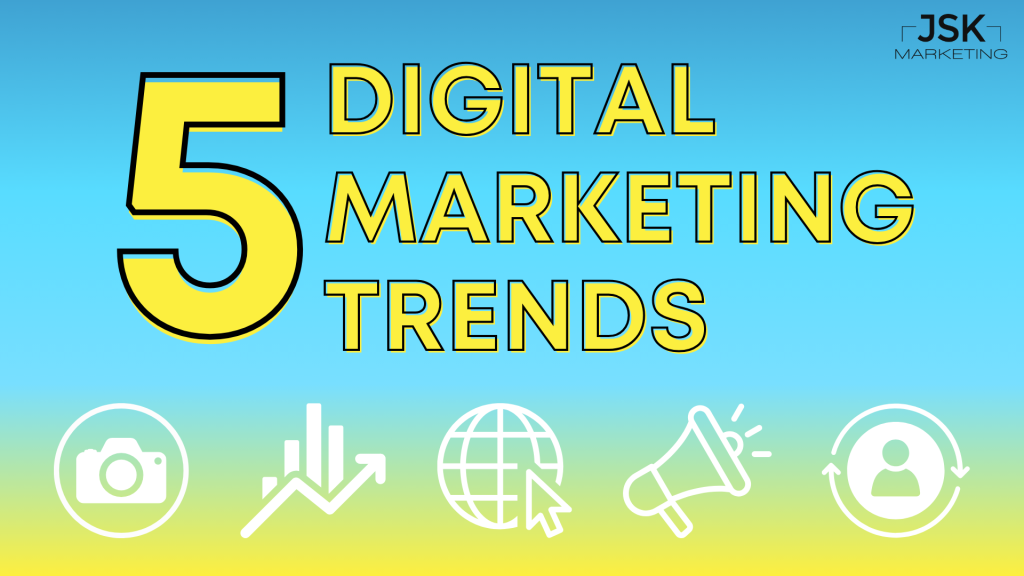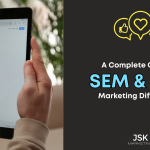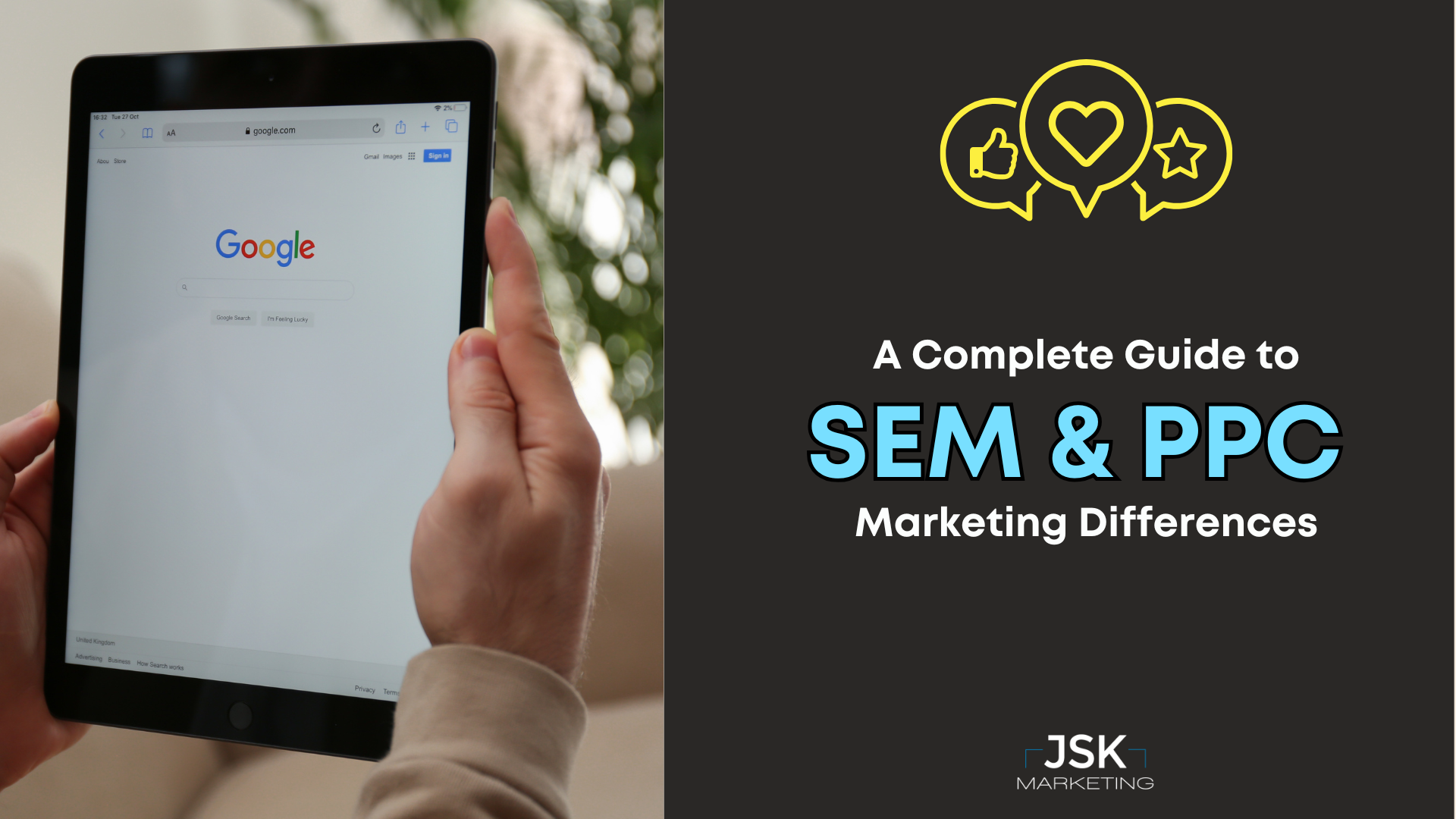
In 2024, significant technological breakthroughs such as AI and the soaring popularity of social media platforms have drastically accelerated the pace of digital marketing trends. It’s vital that you continuously evolve with modern digital marketing strategies to maintain and increase customer retention. Although trends are constantly evolving, they hold one fundamental strategy at its core: increased customer personalization. To ensure your digital marketing strategies are aligned with current trends, prioritizing user personalization above all other goals is essential for staying afloat. Let’s dive into 5 digital marketing strategies that are diminishing in 2024: static content marketing, traditional mass advertising, account-based marketing, audio chat rooms and user-generated content. As we break down the various causes behind each trend’s downfall, notice the absent element: user personalization.
Static Content Marketing
Static content marketing, whether that be blog posts or basic infographics, is a strategy marketers utilize to produce content that is aligned with their brand identity. The exponential growth of online media consumption has intensified competition among businesses vying for customer attention. As a result, potential customers now have heightened demands that static content marketing cannot always fulfill. Users are gravitating toward interactive videos, podcasts and live streaming to successfully hold their attention. This does not mean static content is dead, particularly for certain purposes such as an SEO strategy, but the shift toward interactive and personalized content is on the rise.
Traditional Mass Advertising
Traditional mass advertising refers to mass media used to distribute commercial messages to broad audiences. Notice the keyword in the title: mass. Consumer needs continue to evolve and mass advertising strategies may not be as effective as they used to be, leading to the need for customization. Traditional avenues like print and television aren’t as effective as digital strategies for customization and trackability. Television ads are becoming an unproductive form of advertising as 50 million U.S households are expected to have cut the cable cord this year. Hulu asserts that its ad selector feature is 150% more effective than traditional TV ads in developing recall and 24% more effective in driving viewer purchasing intent.
Websites
While company websites remain essential in providing brand awareness to potential clients, marketers are recognizing significant benefits from using apps for both consumers and themselves. Websites are primarily transactional, and users are required to seek out and discover what they’re looking for. User interest is primarily responsible for website success, fulfilled solely by what the client is seeking. Mobile experiences provide a level of personalization, fluidity, and persistence that many websites have yet to attain. These platforms allow their users to discover things without having a specific agenda in mind. Understandably, clients and consumers are relocating and preferring a fluid experience that apps deliver, as websites feel progressively unresponsive and static in comparison.
Audio Chat Rooms
During Covid-19, audio chat rooms became the way of life for people and businesses who craved human connection. The biggest problem behind using audio chat rooms as a marketing strategy in 2024 is users desire to interact with people as opposed to brands. To maintain user interest in today’s world, it’s essential to create relationships with future clients. Marketers have found it challenging to create lasting impressions on chat rooms with their extremely limited control. Chat rooms lack visual elements and restrict marketers from manipulating multimedia content, an extremely successful strategy today. Maintaining audience engagement is almost impossible without showcasing products and services and is primarily responsible for the chat room’s inability to convert consumer interest into action.
User-Generated Content
Customer preferences are shifting at lightning speed, making it impossible for user-generated content to keep up with the ever-changing algorithms. Although UGC will not disappear, 13% of marketers are planning to decrease their investments. Like Account Based Marketing, UGC has become oversaturated and inauthentic, leaving viewers questioning the validity behind it. Not long ago there was a “golden age” for user-generated content as it was perceived as authentic and creative, but it didn’t last long. As brands began to jump on the UGC bandwagon, and industry of “influencers” emerged. It got to the point where user-generated content became unavoidable on almost every form of social media and users became skeptical. Ultimately, people feel deceived and debunk it as reliable content. High-quality video content is a great option to engage and entertain your audience if you’re looking to move away from UGC.
Digital marketing is not a “one size fits all” approach which is why it’s important to analyze campaign performance to ensure maximum return on investment. Remember there is no need to avoid these (dying) marketing trends if you proceed with caution and diversify your marketing strategies. Reach out to us for all your digital marketing needs and we will ensure you’re equipped with the best advertising strategies for your business!




